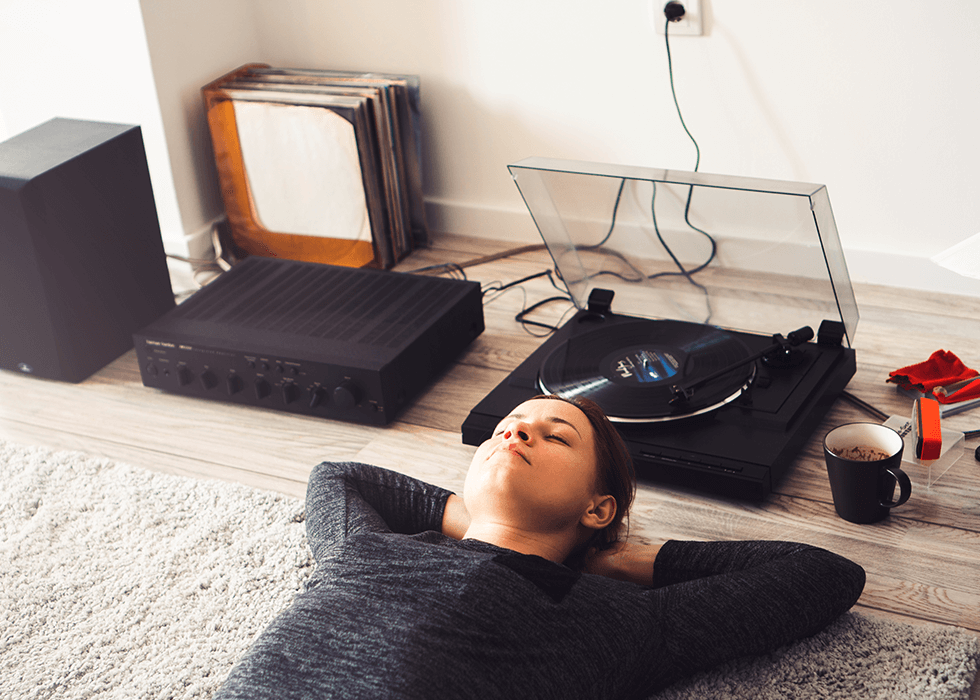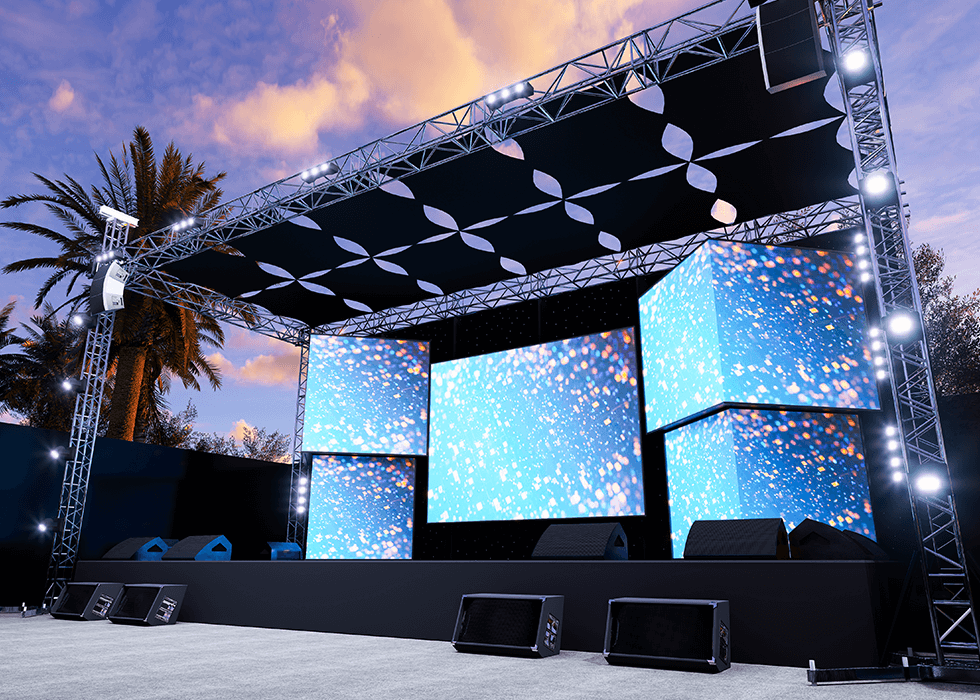News & Trends
Conferencing Backgrounds May be Key to First Impressions
In a recent study published in PLOS ONE, researchers have discovered that the background chosen on video conferencing platforms can significantly influence the initial judgments of trustworthiness and competence. The study, conducted by Paddy Ross, Abi Cook, and Meg Thompson at Durham University in the UK, sheds light on the importance of first impressions in our increasingly virtual world.
First impressions have long been known to hold significant influence over various aspects of life, including legal decisions and personal relationships. With the rise of video conferencing in recent years, the opportunity for first impressions to occur virtually has skyrocketed. Platforms such as Zoom allow users to customize their background images, but little research has been done to explore how these choices might impact initial judgments.
To investigate this further, 167 adults were asked to view still images that resembled video conference screenshots. Each image featured the face of either a man or a woman, either smiling or with a neutral expression, against different background options. These options included a living space, a blurred living space, houseplants, a bookcase, a blank wall, or a novelty image of a walrus on an iceberg. Participants were then asked to rate the perceived competency and trustworthiness of each face.
The statistical analysis revealed intriguing results. Faces placed against backgrounds with houseplants or bookcases were consistently rated as more trustworthy and competent compared to faces against other backgrounds. On the other hand, faces against living spaces or novelty images obtained the lowest ratings for competency and trustworthiness.
Interestingly, participants also showed a tendency to view happy faces as more trustworthy and competent than those with a neutral expression. Additionally, female faces were perceived as more trustworthy and competent overall. However, within the female faces, those with a living-space background were not perceived as any less trustworthy compared to those with houseplants or a bookcase. This finding suggests that the lower perceived trustworthiness associated with living-space backgrounds primarily affected male faces.
While it is important to note that further research is necessary to validate these findings, especially considering potential cultural influences, the study still highlights the potential impact of video conference background choices on making favorable first impressions. The image database used in the study primarily featured white individuals, emphasizing the need for more diverse research samples.
The researchers emphasize the significance of these findings, stating that individuals, particularly men, who wish to create a positive impression during video conferences should consider using backgrounds with houseplants or a bookcase. Customizing backgrounds to evoke an atmosphere of trustworthiness and competence can greatly impact initial judgments.
In summary, this study offers valuable insights into the influence of background choices on first impressions during virtual interactions. By carefully selecting backgrounds that exude trustworthiness and competence, individuals can enhance their chances of making a positive impact. However, more research is warranted to fully explore the cultural nuances and broader implications of these findings.















